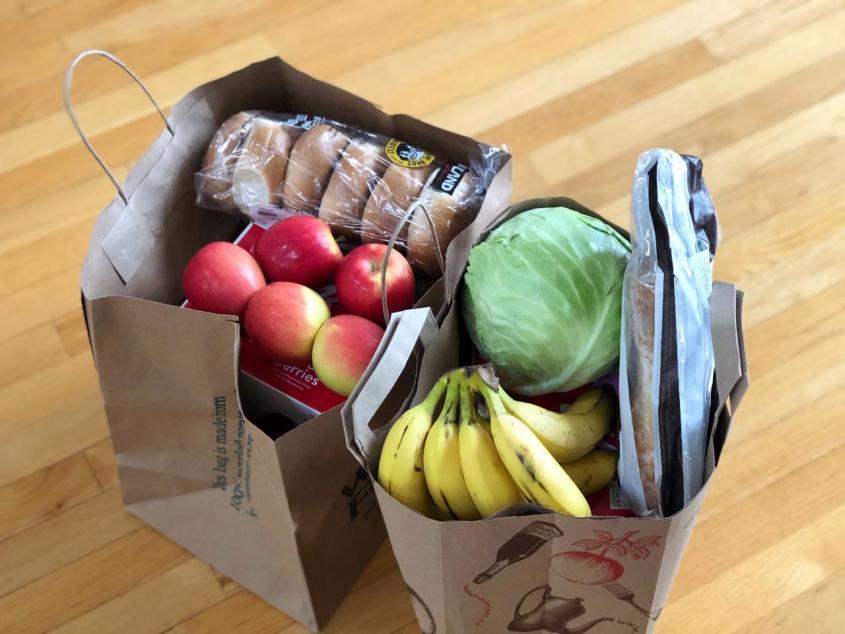Are we tracking food insecurity correctly? Study takes a closer look
For more than a quarter century, the USDA has been tracking levels of food insecurity in the United States with a standardized tool, the Household Food Security Survey Module (HFSSM). But little research had verified how the survey’s questions were being understood and interpreted by Latino participants – even though this population constitutes the second-largest ethnic group in the country and experiences relatively high levels of food insecurity (among 18 percent of Latino households with children, compared to 7.9 percent of White households). A study published recently in the Journal of the Academy of Nutrition and Dietetics set out to learn more.
“We can't really know how people are interpreting items in a survey like the HFSSM, unless we ask them,” said Katherine Dickin, M.S. ’86, Ph.D. ’03, associate professor in the Department of Public and Ecosystem Health and one of the article’s co-authors. (Lead author Amanda McClain, Ph.D. ’16 worked with Dr. Dickin as a graduate student in nutritional sciences at Cornell.) “If we’re missing what’s happening in the Latino population, it means our data aren’t complete and that limits our ability to decide what kind of programs are needed and monitor whether they are addressing food insecurity,” Dickin said.
For the study, bilingual students in Cornell’s Master of Public Health program collaborated with teams at two other universities to interview 62 caregivers of children aged 18 or younger in households experiencing food insecurity in three states – California, New York, and Texas. They accompanied each quantitative, fixed-choice question with open-ended questions, asking participants to tell them more about their thought processes and identify any items that were confusing. “This kind of cognitive interviewing should really be done anytime you create a survey,” Dickin explained. “We think we've written a clear questionnaire. But does what people think they’re answering match what the researcher was intending?”
As it turned out, this was not always the case, though the translation of questions from English into Spanish itself was not the main issue. Rather, the emotional stigma surrounding food insecurity impacted responses. For example, the bundled question whether interviewees skipped or reduced meals often produced an immediate “no” answer because of negative feelings attached to the idea of skipping meals, even though follow-up queries revealed that they indeed coped by eating less. Some participants also answered that they “never” experienced food insecurity due to lack of money, because they were able to fill their needs from pantries or other subsidized sources. “That’s not food security by our definition,” Dickin said.
While Dickin does not expect the USDA to make changes to the HFSSM anytime soon after decades of use, she and her co-authors recommend that food security surveys include measures of participation in food assistance programs and coping strategies; given the emotional toll of experiencing food insecurity, respondents are more comfortable sharing how they manage to feed their families in spite of the challenges. The existing data, she says, should be interpreted with an understanding that it may underestimate the prevalence and severity of food insecurity in the Latino population. “Hopefully our study will remind people with decision-making power that this data is maybe only the tip of the iceberg and influence what they decide to do programmatically, or in the policy arena,” she said.
Written by Olivia Hall






